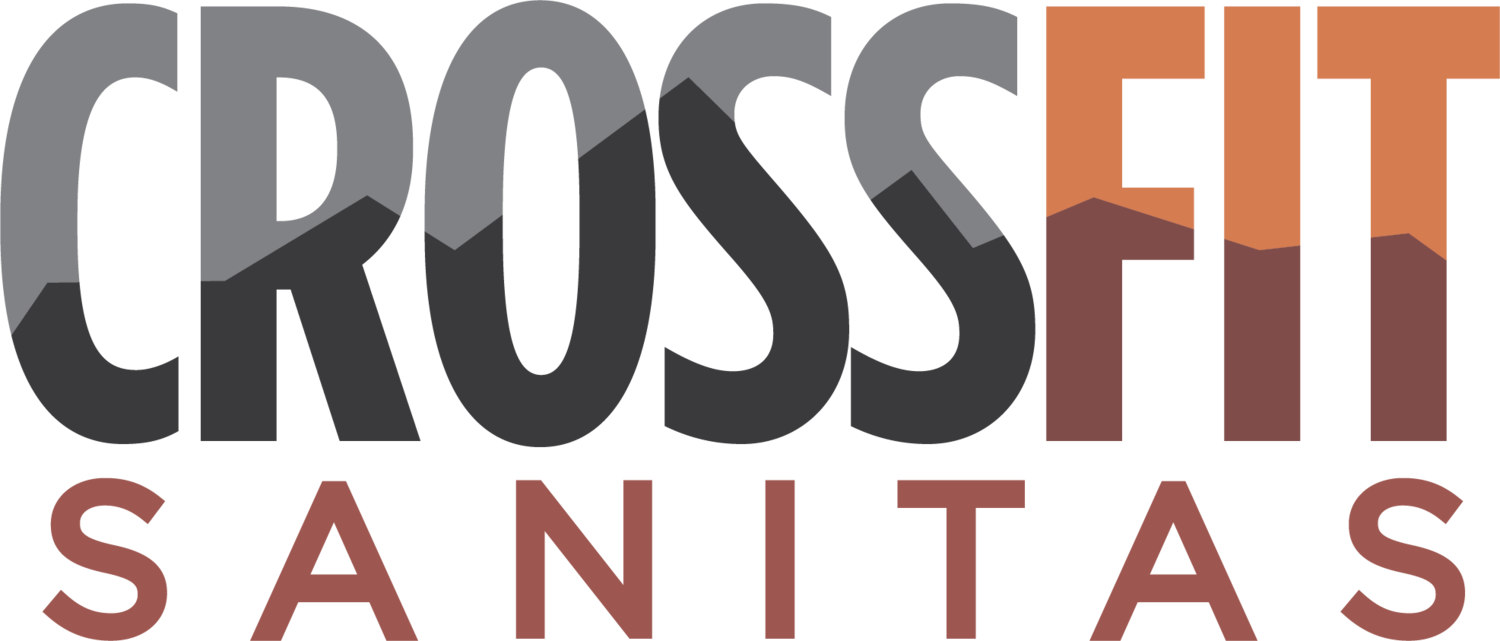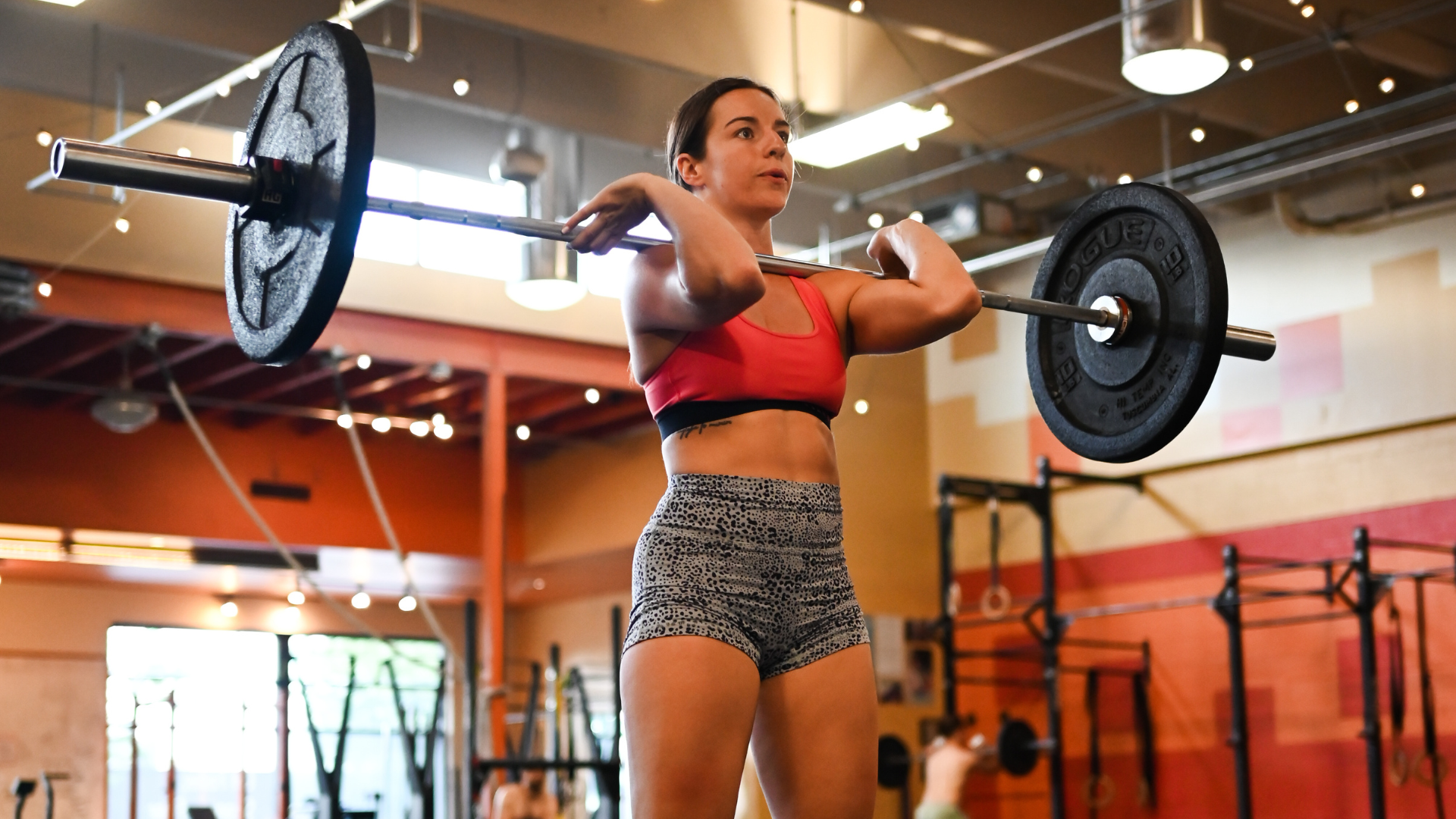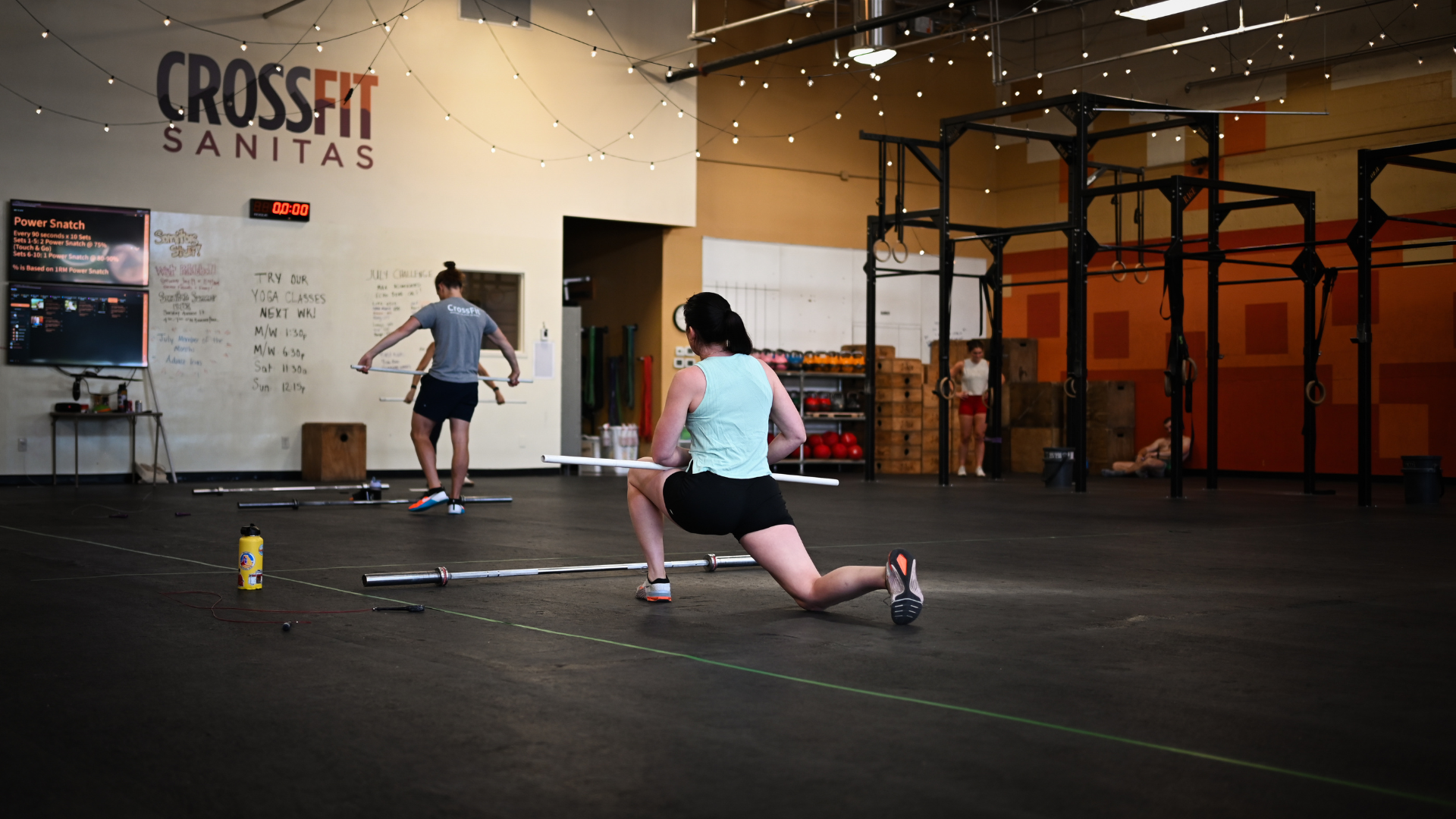Signs of Overtraining in CrossFit and How to Avoid It
CrossFit is known for its intensity, variety, and ability to push athletes to reach new levels of strength and endurance. However, while challenging workouts can build resilience, pushing too hard without sufficient recovery often leads to overtraining.
Overtraining doesn’t just affect performance; it impacts energy, motivation, and long-term health. Recognizing the signs early and taking preventive steps is crucial to maintaining consistency in your training journey.
In this article, we’ll cover the signs of overtraining in CrossFit, why it happens, and how you can prevent it to keep your training sustainable and rewarding.
What is Overtraining?
Overtraining occurs when the body doesn’t have enough time to recover between workouts. Instead of getting stronger, the constant stress placed on muscles, joints, and the nervous system starts to cause breakdown. It’s not simply about working out too much - it’s about training without balancing intensity, rest, and recovery.
Athletes who are passionate about CrossFit often want to train harder and more, but without the right balance, progress slows, and injury risks rise.
Thinking about starting CrossFit? Learn what to expect before you walk through the door.
Signs of Overtraining in CrossFit
Recognizing CrossFit overtraining symptoms early can prevent setbacks. Some of the most common include:
1. Persistent Fatigue
If you’re constantly tired, even after getting adequate sleep, it may indicate overtraining. This isn’t just normal post-workout soreness or temporary tiredness - it’s ongoing exhaustion that doesn’t seem to improve with rest. Your body may be signaling that it’s running low on recovery reserves.
2. Decline in Performance
CrossFit is designed to build progress over time. But if you notice that your lifts are getting weaker, your endurance is dropping, or your WOD (Workout of the Day) times are getting slower, it could be a sign of overtraining. Instead of moving forward, your body is struggling to keep up.
Push limits, get results - train at the best CrossFit gym in Boulder, CrossFit Sanitas!
3. Frequent Injuries or Aches
Overtraining can increase the risk of overuse injuries like tendonitis, stress fractures, and joint pain. You may also experience nagging aches and soreness that last longer than normal. Without proper recovery, your muscles, tendons, and ligaments don’t have enough time to repair and strengthen.
4. Sleep Disturbances
Training too much can disrupt your sleep cycle. Instead of falling into deep, restorative sleep, you may find yourself tossing and turning at night. Poor sleep further impacts your ability to recover, creating a cycle of fatigue and underperformance.
5. Irritability and Mood Changes
CrossFit doesn’t only push your muscles; it also impacts your nervous system. Overtraining can increase stress hormones like cortisol, leading to mood swings, irritability, and difficulty concentrating. If you feel unusually stressed or unmotivated to train, your body may be signaling burnout.
6. Weakened Immune System
If you find yourself catching colds or getting sick more frequently, it could be due to overtraining. Excessive training weakens your immune defenses, making it harder for your body to fight off illness.
7. Loss of Motivation
One of the most telling signs of overtraining is when you no longer feel enthusiastic about training. Instead of looking forward to workouts, you may dread them or skip them entirely. This lack of motivation often stems from physical exhaustion and mental burnout.
Training Tip: Mixing up your workouts helps prevent overtraining. Instead of repeating the same movements daily, alternate strength, conditioning, and skill-based sessions. At CrossFit Sanitas, we offer 50+ weekly classes designed to balance intensity and recovery so you can train consistently without burnout.
Train hard, recover right, and stay consistent - discover what we offer at CrossFit Sanitas.
Why Overtraining Happens
Overtraining usually builds up over time. Some common causes include:
Training too frequently without rest days
High-intensity workouts back-to-back without enough active recovery
Neglecting proper nutrition and hydration
Lack of sleep or poor stress management
Ignoring early warning signs of fatigue or soreness
CrossFit encourages intensity, but intensity must be paired with recovery for long-term success.
How to Avoid Overtraining in CrossFit
1. Prioritize Rest and Recovery
Schedule rest days just like you schedule training days. At least one to two full rest days per week can make a significant difference. Active recovery, like walking, yoga, or stretching, can also help keep the body moving without adding extra stress.
2. Listen to Your Body
Notice how your body responds before, during, and after training. If you’re unusually sore, struggling to finish warm-ups, or not hitting your usual numbers, it may be time to ease up.
3. Fuel Properly with Nutrition
Eating enough calories and nutrients is critical. Carbohydrates fuel energy, protein repairs muscles, and healthy fats support hormones. Hydration is equally important for recovery and performance.
Note: Progress in CrossFit isn’t about crushing every workout; it’s about staying consistent over months and years without hitting burnout. At CrossFit Sanitas, our programming is built for longevity, helping athletes avoid overtraining and achieve sustainable results.
Fuel your gains and bounce back faster - learn exactly what to eat after your CrossFit workouts!
4. Make Sleep a Priority
Aim for 7–9 hours of quality sleep each night. Establish a consistent routine, avoid screen time before bed, and create a sleep-friendly environment. Deep, uninterrupted rest allows muscles and the nervous system to recover.
5. Use Recovery Tools
Mobility work, foam rolling, stretching, and techniques like sauna or cold plunge can support recovery and reduce soreness. These methods can help you feel fresh and ready for your next session.
6. Balance Intensity and Volume
Every session doesn’t need to be max effort. Mix in moderate workouts and skill-based training to give your body a break from constant high intensity. Periodization cycling through lighter and heavier training phases helps prevent burnout.
7. Work with Coaches
Having an experienced coach ensures you’re training with proper technique, appropriate load, and enough variation. Coaches can also help you recognize when your body needs more rest or adjustments to your program.
How CrossFit Sanitas Helps You Train Smarter and Avoid Overtraining
Pushing harder every day doesn’t always mean better results. What truly drives progress is the balance between intensity and recovery. That balance is exactly what we focus on at CrossFit Sanitas. Our goal is to help you stay strong, motivated, and injury-free while enjoying the process of training.
Here’s how we make it happen:
Expert Coaching: Our coaches design workouts that challenge you while allowing proper recovery, preventing burnout, and plateaus.
Recovery Options On-Site: Sauna, cold plunge, sports massage therapy, and mobility sessions are available to keep your body performing at its best.
Smart Programming: Each week blends strength, conditioning, and skill work, reducing stress on the body while keeping training fun and effective.
Supportive Community: Training with a positive and motivated group helps you stay consistent without overdoing it.
Holistic Wellness: From nutrition support to physical therapy, every part of your health is considered.
Your fitness journey should be sustainable. At CrossFit Sanitas, we provide the coaching, recovery tools, and support you need to keep training hard without the setbacks of overtraining.
CrossFit is one of the most effective ways to build strength, endurance, and resilience. But overtraining can hold athletes back if recovery is ignored. Recognizing the signs of fatigue, performance dips, mood changes, poor sleep, and recurring injuries makes it possible to take corrective action early.
With the right approach to rest, nutrition, and recovery, athletes can keep progressing safely. Gyms like CrossFit Sanitas provide not just challenging workouts but also the tools and guidance to keep athletes strong, healthy, and ready for the long run.


